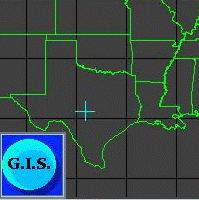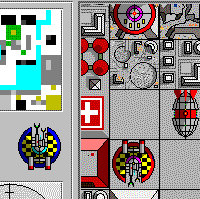 In the spring of 1994, I finished my master's degree (software engineering), graduated from Michigan State University, and took a job in corporate Washington DC. My position at Visix Software (recently defunct) was that of Software Engineer in a pre-sales role. I had a variety of duties including cross-platform application development, technical demonstrations, and administering training at customer sites. The majority of my work is done in C and C++ under the Windows 3.1 operating system (Borland compiler 4.5) and under the Sun 4.1.3 operating system using the GNU compiler. Galaxy, the product upon which I worked, is a toolkit that facilitates the development of C or C++ applications in a client-server environment where multiple platforms (and consequently various windowing systems, operating systems, and networks) need to be addressed. I had ample opportunity to travel and work closely with several different field offices, including the European cooperate head quarters in London. My position as an engineering liaison to the sales department gave me exposure to all aspects of the company, from technical support to marketing. Most of my R&D work at Visix consisted of demonstration programs, meant to showcase the strong points of our software, and "proof-of-concept" programs for potential customers. These would take the form of sample programs or prototypes which the customer could use as a starting point for their own projects. Below are links to a few of the sample programs that I wrote using the
Galaxy libraries. My focus within the rather comprehensive API was on graphics
and animation. Clicking on the images will bring up the complete screen
shot.
|

